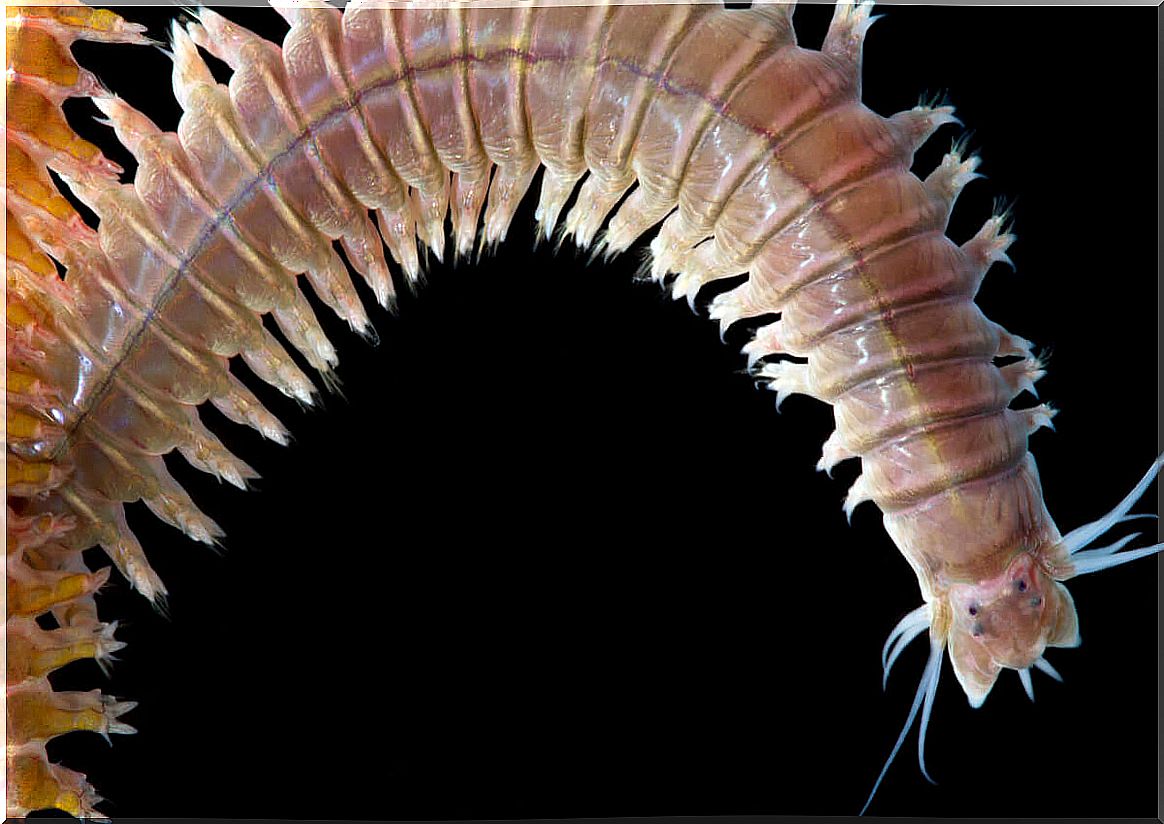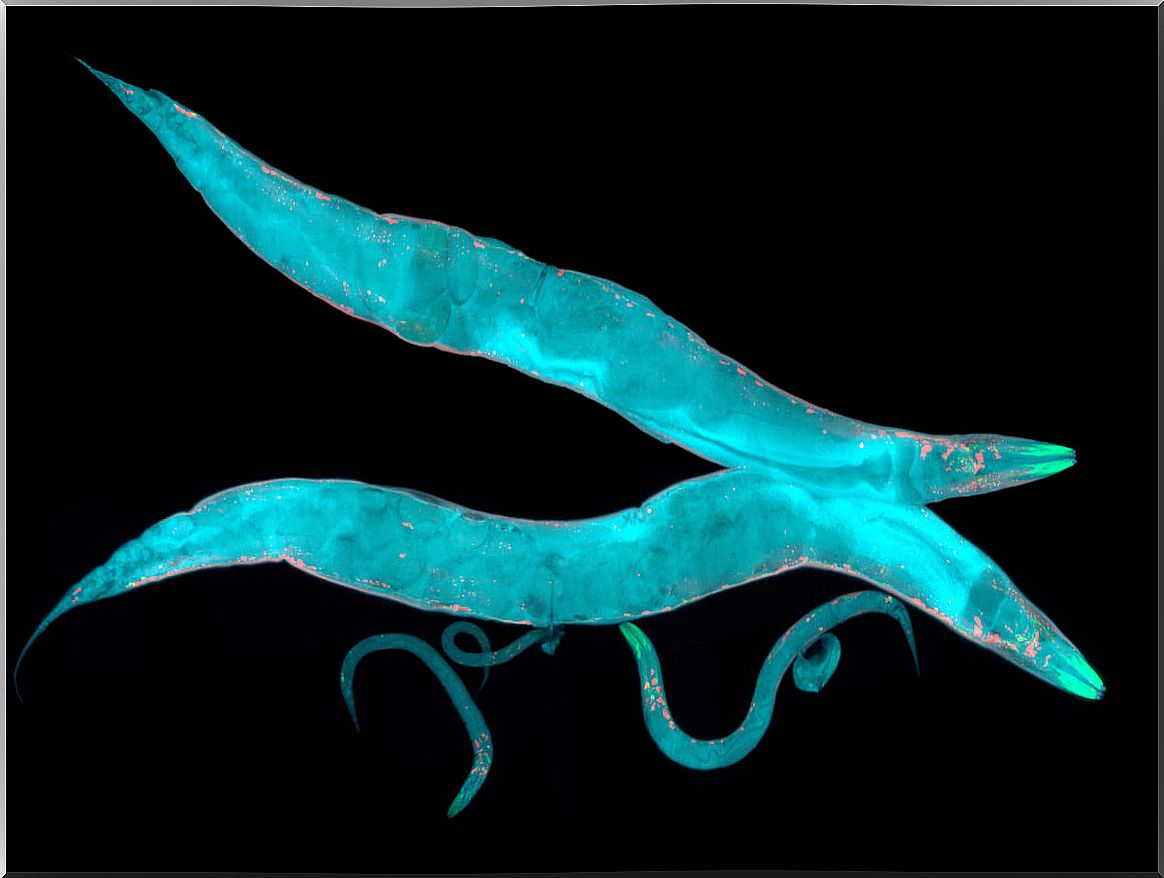How Is Communication In Worms?

Little by little, we understand that the differences between humans and non-humans are not as many as previously thought. This has been achieved by studying mainly animal communication, but do you think that communication is reserved for living beings with a complex mind? Have you ever wondered, for example, what communication is like in worms?
Well yes, in the following lines we will tell you some forms of communication of these invertebrates. You will be surprised how effective non-verbal language is in the animal world.
What is a worm?
It seems like a very simple question, but the word “worm” is very general and used colloquially. What we normally understand by a worm is an elongated insect, with a soft body, lacking limbs —or with very little marked limbs— and that crawls. In taxonomic terms we can distinguish three groups:
- Annelids: they live in humid places or in the sea and their body is segmented into rings symmetrically. An example is the earthworm or the leech.
- Nematodes: cylindrical in shape, without rings and symmetrical. You will surely know them for the Anisakis of the fish.
- Flatworms: they are flattened and symmetrical, like a ribbon. Most of them are parasites, like tapeworms.
To focus on some species, we will talk about some concrete examples of communication within these taxa, since the species of worms are almost innumerable. Later there are data to give a good conversation, so do not miss it.
How is communication in worms?
At a general level, these invertebrates communicate through pheromones and by touch. Even so, what will really surprise you is what happens with that communication. We tell you two examples.
1. Earthworms that are guided by rubbing
Habitual inhabitants of humid places and descendants of the aquatic worms, we usually find them underground, where they feed on living and dead organic matter. Therefore, earthworms are adapted both for aquatic environments – they breathe through the skin and resort to quiescence to avoid drying out – and for terrestrial ones.
A few years ago, a group of scientists observed during experiments that earthworms tended to group together to come out to the surface of the substrate and also in the laboratory, where they used to choose the route where there was food, but how did they do it?
The answer they found was that they did it by touch: through contact with other individuals, the worms guided each other to the places described above. This, in addition to the communicative factor, had a protective function, since many times they were grouped into a sphere.
On the other hand, worms secrete antibacterial fluids that protect them from infectious agents. Therefore, contact between them would add more of these fluids, an event that further increases the protection factor. This was the first time that social behavior was demonstrated in worms of this type.

2. Caenorhabditis elegans , the nematode that opened the communication doors of its phylum
When Frank C. Schroeder and his team discovered that this species of nematode communicates through chemical signals, the researchers did not give credit. This form of communication turned out to be very complex, where different combinations of chemicals formed something like a syntax.
From this arose another question: is this what communication is like in nematode worms? Paul Sternberg wondered if this could be applied to the entire nematode edge, and you will be surprised: it is possible that all nematodes secrete molecules that, combined with others, act as words. We are facing a kind of universal language.

As you may have seen, communication, even social behavior, is less and less exclusive to the most evolutionarily complex animals.
Findings like these open a lot of doors and not only to understand what communication in worms is like, but also to develop more sustainable medical and biological techniques when it comes to controlling the pests of some of these invertebrates.









